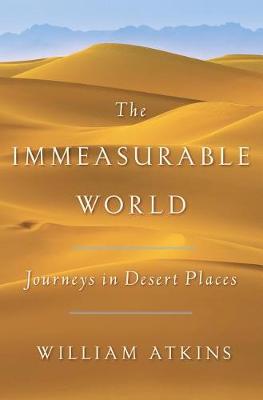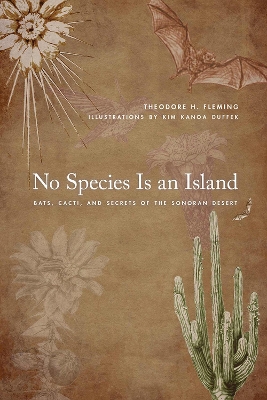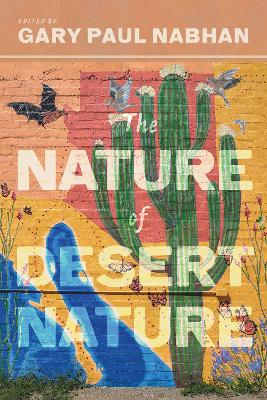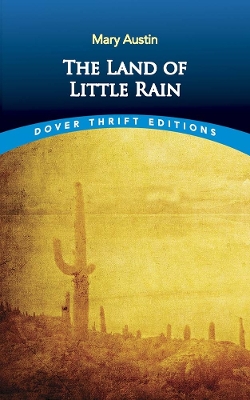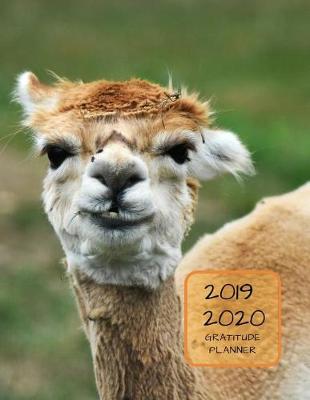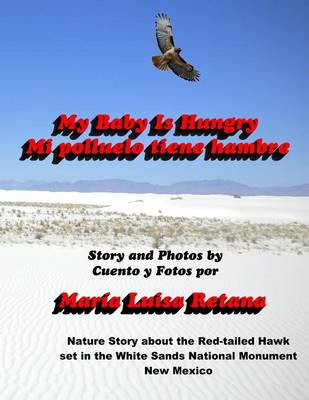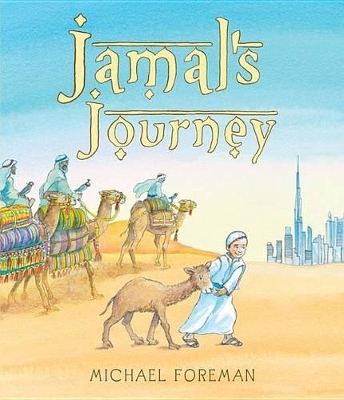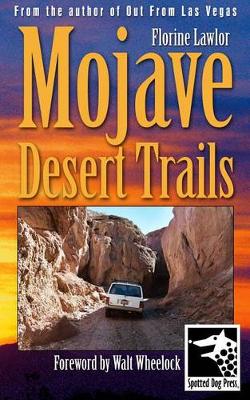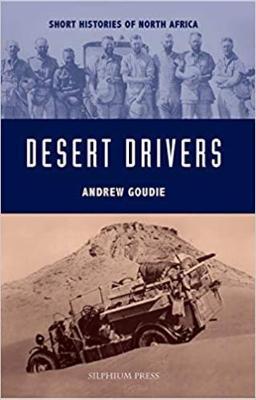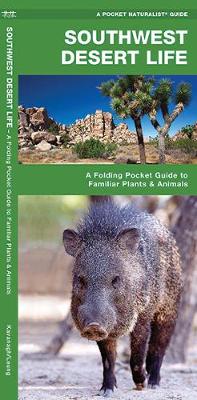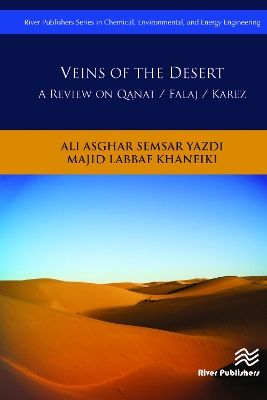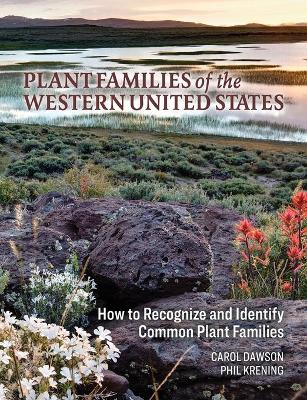"In the classic literary tradition of Bruce Chatwin and Geoff Dyer, a rich and exquisitely written account of travels in six deserts on five continents that evoke the timeless allure of these remote and forbidding places. One-sixth of the earth's surface is classified as desert. Restless, unhappy in love, and intrigued by the Desert Fathers who forged Christian monasticism in the Egyptian desert, Will Atkins decided to travel in six of the world's driest, hottest places: the Empty Quarter of Oma...
In the darkness of the star-studded desert, bats and moths feed on the nectar of night-blooming cactus flowers. By day, birds and bees do the same, taking to blooms for their sweet sustenance. In return these special creatures pollinate the equally intriguing plants in an ecological circle of sustainability. The Sonoran Desert is the most biologically diverse desert in the world. Four species of columnar cacti, including the iconic saguaro and organ pipe, are among its most conspicuous plants....
The Nature of Desert Nature (Southwest Center)
Desertification includes land degradation due to both climatic and anthropogenic causes, where land includes water, soil, and the biosphere. This book presents the most recent findings from the European Community's MEDALUS project, which was formed to understand and manage semi-arid environments that are undergoing great change. Covers climate and land use processes and responses in the Mediterranean First book to provide guidelines for the management of land degradation in Mediterranean envir...
The Land of Little Rain (Modern Library Classics (eBook)) (Top 100 Books - America)
by Mary Austin
“Between the high Sierras south from Yosemite—east and south over a very great assemblage of broken ranges beyond Death Valley, and on illimitably into the Mojave Desert” is the territory that Mary Austin calls the Land of Little Rain. In this classic collection of meditations on the wonders of this region, Austin generously shares “such news of the land, of its trails and what is astir in them, as one lover of it can give to another.” Her vivid writings capture the landscape—from burnt hills to...
Advances in Arid Legumes Research
by Devinder Kumar, A.I. Henry, and N. B. Singh
Contributed articles presented at symposium.
The Future of Arid Lands - Revisited (Advances in Global Change Research, #32)
by Charles F Hutchinson and Stefanie M Herrmann
The Future of Arid Lands, edited by Gilbert White and published in 1956, comprised papers delivered at the "International Arid Lands Meetings" held in New Mexico in 1955. At these meetings, experts considered the major issues then confronting the world's arid lands and developed a research agenda to address these issues. This book reexamines this earlier work and explores changes in the science and management of arid lands over the past 50 years within their historical contexts.
2019 2020 15 Months Llama Gratitude Journal Daily Planner
by Zenwerkz
Jamal the little camel is separated from his mama, baba, and their caravan by a freak sandstorm.
A new volume in the Society for Studies series Short North African Histories, this book brings togeher the best stories of intrepid desert drivers in the early 20th century, crossing the vast and sometimes dangerous expances of the Sahara. The exploration of the Sahara - a huge swathe of terrain, the size of India - by motor car is one of the untold chapters in the story of 20th century exploration. This revised version of the successful title Wheels Across the Desert, looks at the intrepid dr...
The environmental histories of the Arctic and Antarctica are characterised by contrast and contradiction. These are places that have witnessed some of the worst environmental degradation in recent history. But they are also the locations of some of the most farsighted measures of environmental protection. They are places where people have sought to conquer nature through exploration and economic development, but in many ways they remain wild and untamed. They are the coldest places on Earth, yet...
Water Scarcity, Climate Change and Conflict in the Middle East
by Sandra Rucksthuhl and Christopher Ward
The countries that make up the MENA region display wide diversity. One of the poorest countries in the world sits alongside two of the wealthiest, whilst the region's natural resources range from immeasurable oil and gas reserves to some of the scantiest natural endowments anywhere in the world. Yet through this diversity runs a common thread: water scarcity. Now, through the impact of human development and climate change, the water resource itself is changing,bringing new risks and increasing...
Qanat is a gently sloping subterranean canal, which taps a water-bearing zone at a higher elevation than cultivated lands. A qanat consist of a series of vertical shafts in sloping ground, interconnected at the bottom by a tunnel with a gradient flatter than that of the ground. From the air, this system looks like a line of anthills leading from the foothills across the desert to the greenery of an irrigated settlement. Qanat engages a variety of knowledge and its studying entails an interdiscip...
Plant Families of the Western United States
by Dawson Dawson and Phil Krening


